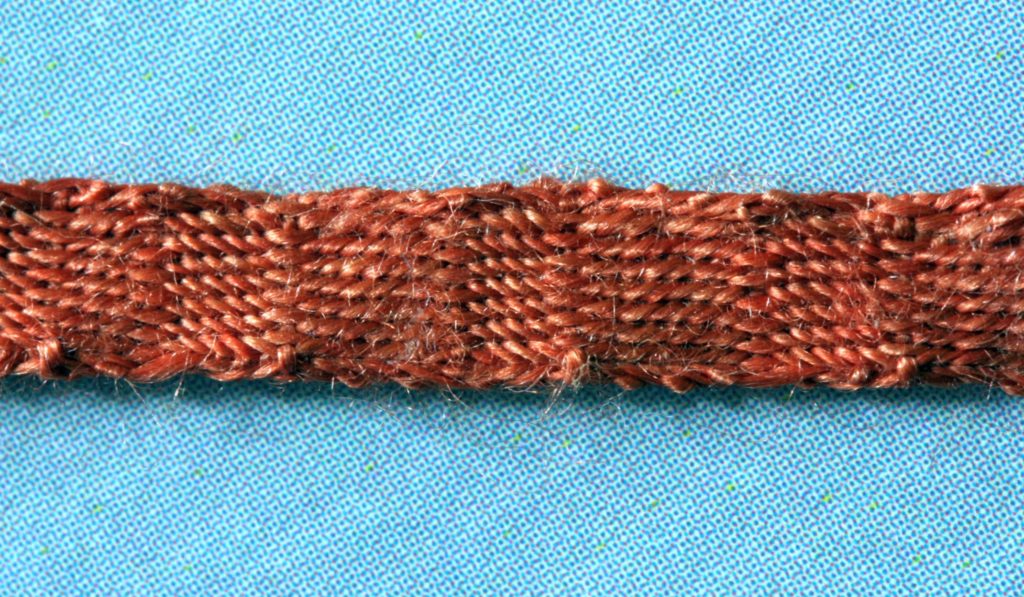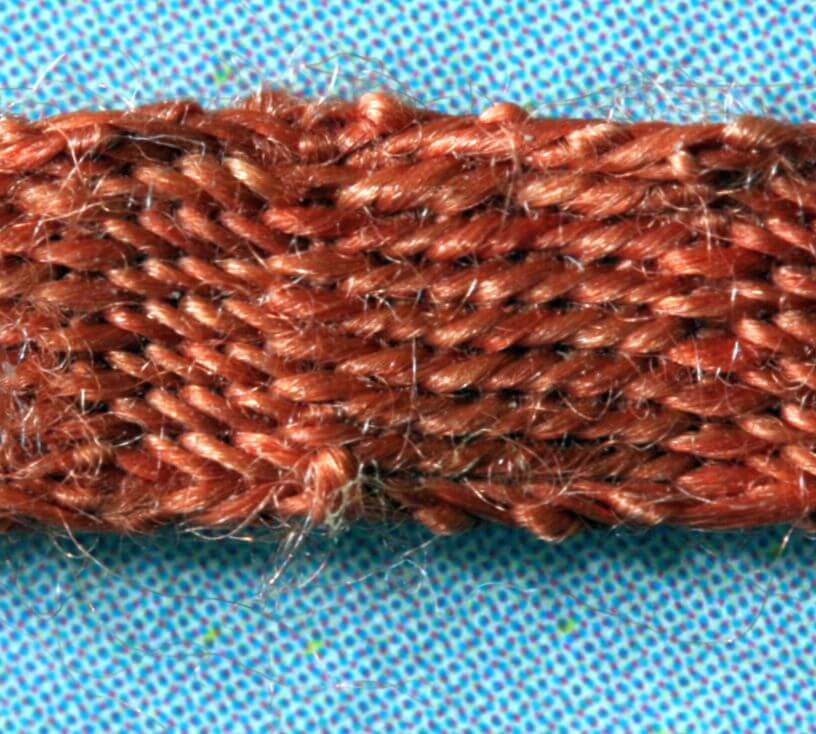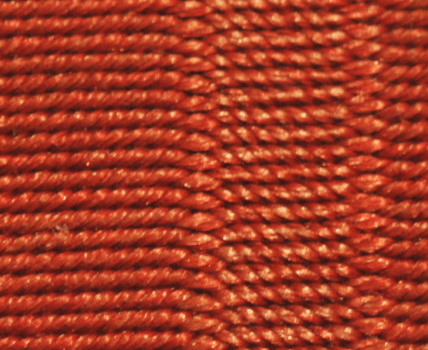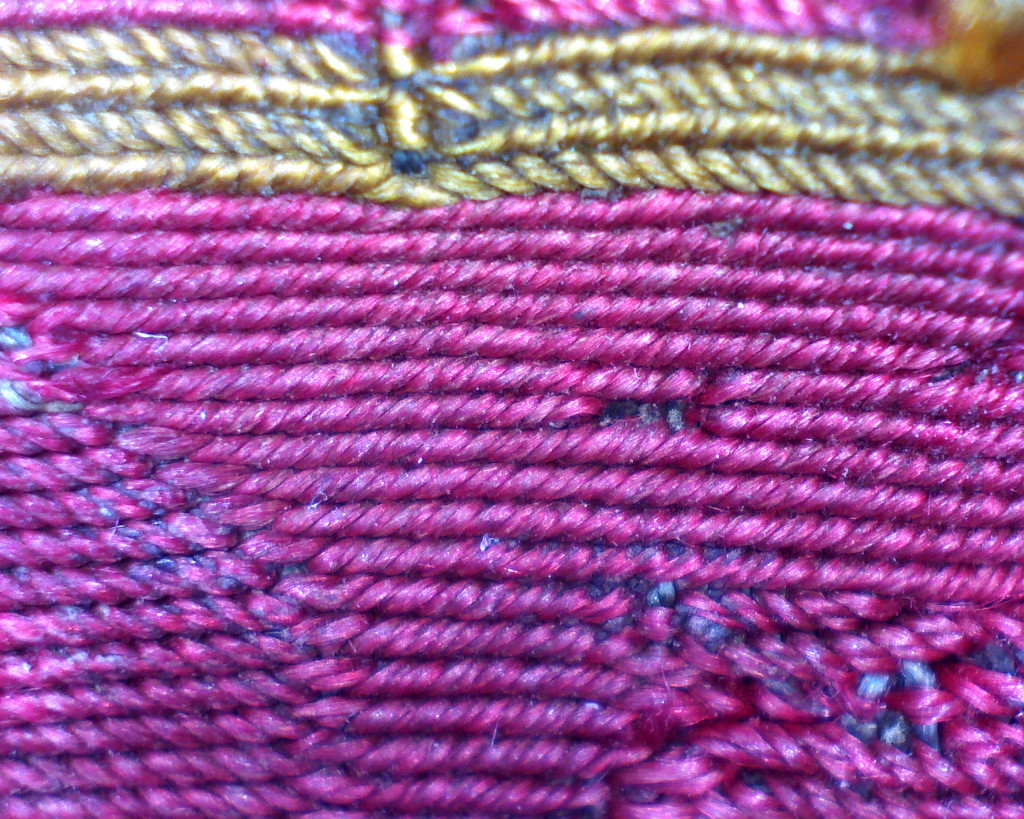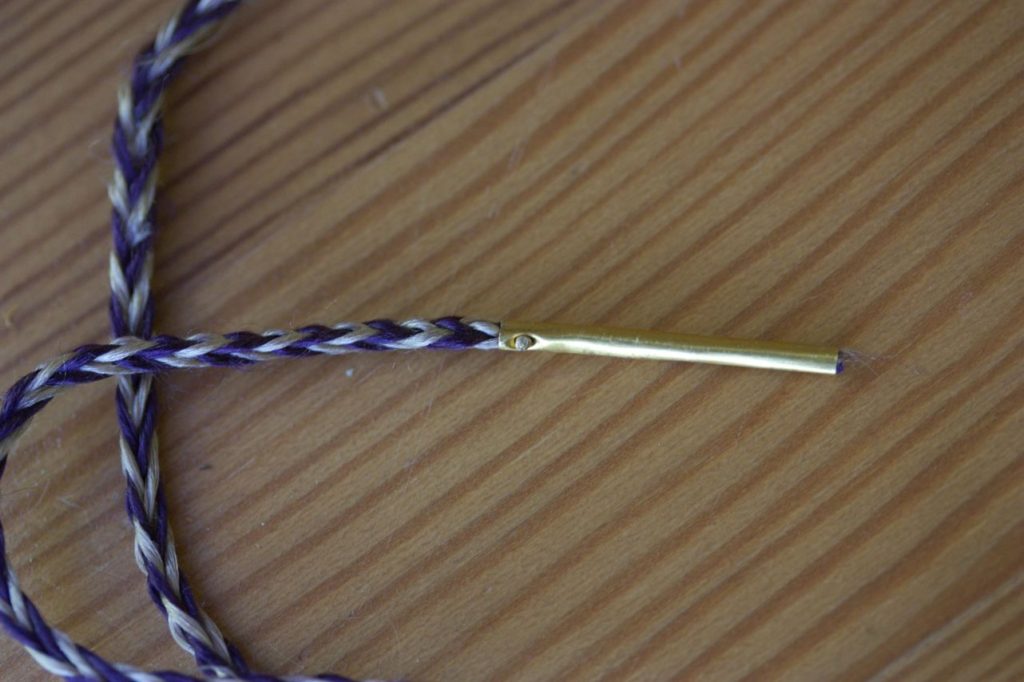There's been some more behind-the-scenes website wrangling, though that was not quite successful. (If you've run across broken image links in the blog - I'm working on it, they will be fixed soon. This is a side effect of me getting rid of the many, many extra images that Wordpress generates when media is uploaded... which cluttered up my webspace.)
I hope the other issue, which regards the new site and especially its template (sigh...) will get better with some support... and now I'm really looking forward to the weekend.
Which promises to be quite sunny, and nice, and warm.
There also was some spinning! Here's the results:
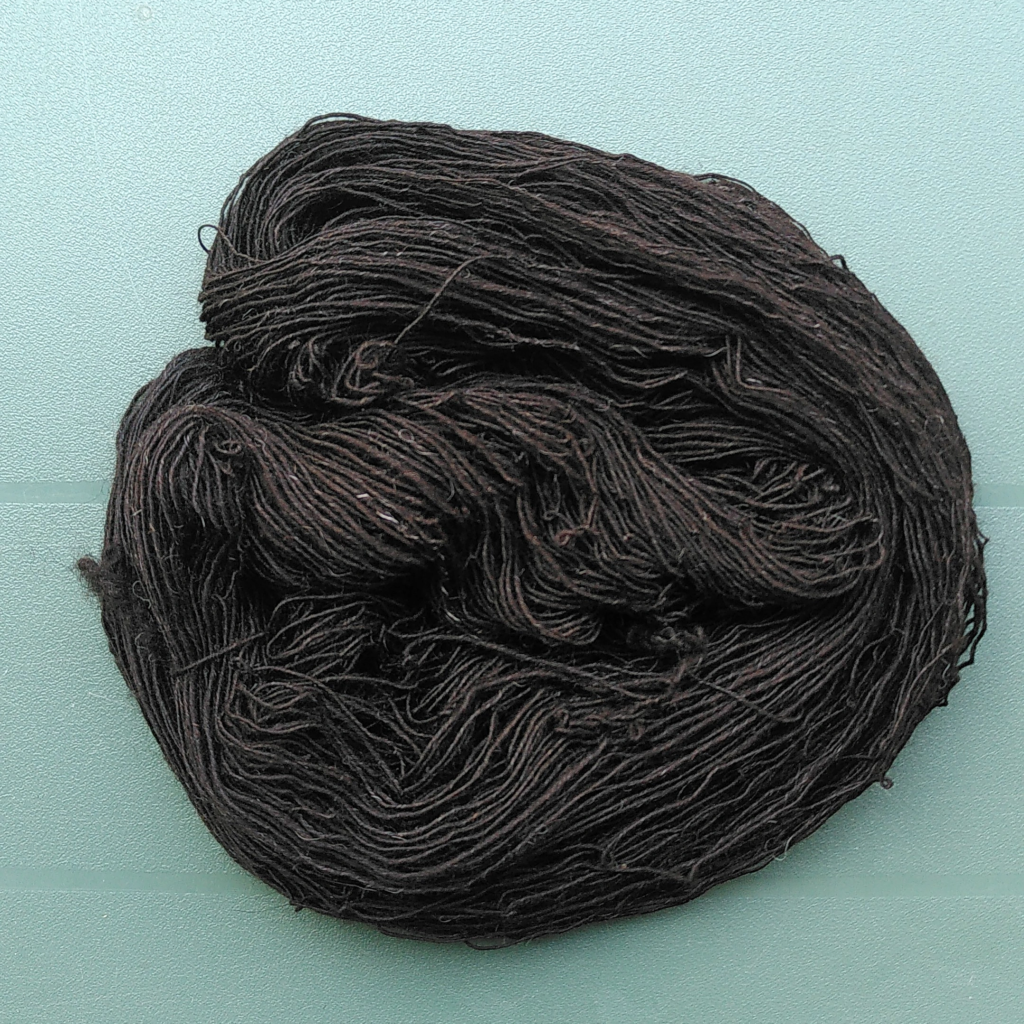
One very nice skein of dark, rather shiny yarn, which was a joy to spin up. As opposed to the "fun" spinning I'm currently doing with some mystery fibre (well, I know it's wool, but I forgot exactly which kind) which has a lot of crimp, and somehow does not please me at all to work with. I'll stick with it some more, though, so that we can have some yarn for the Textile Forum to play with.
I hope the other issue, which regards the new site and especially its template (sigh...) will get better with some support... and now I'm really looking forward to the weekend.
Which promises to be quite sunny, and nice, and warm.
There also was some spinning! Here's the results:

One very nice skein of dark, rather shiny yarn, which was a joy to spin up. As opposed to the "fun" spinning I'm currently doing with some mystery fibre (well, I know it's wool, but I forgot exactly which kind) which has a lot of crimp, and somehow does not please me at all to work with. I'll stick with it some more, though, so that we can have some yarn for the Textile Forum to play with.




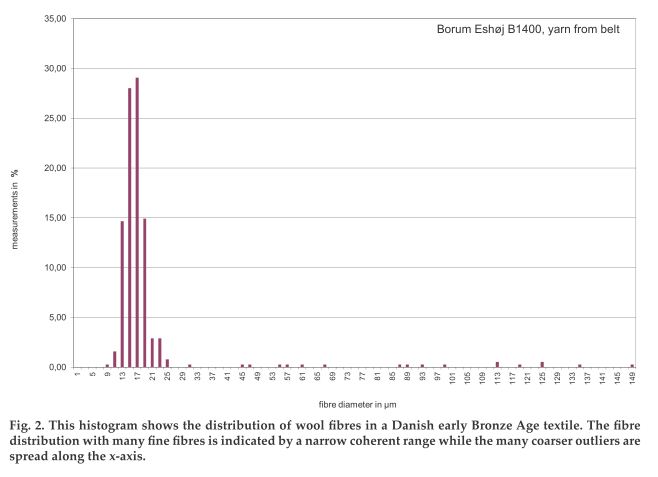
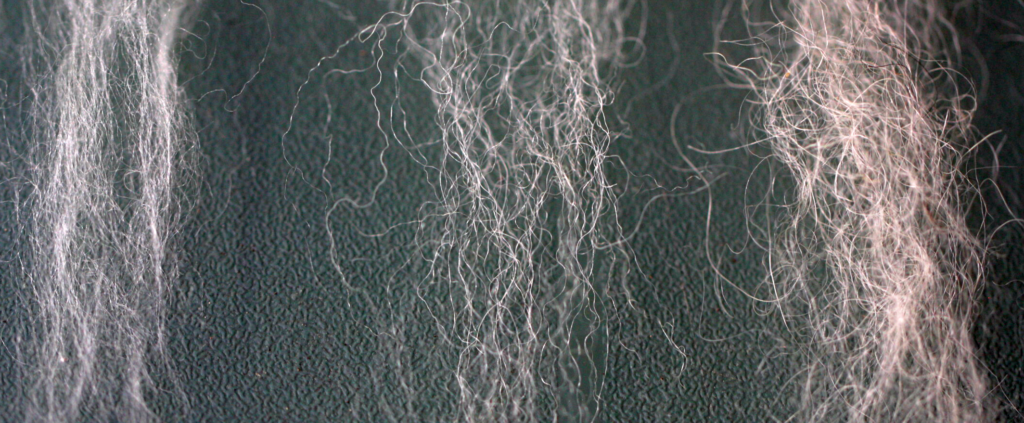
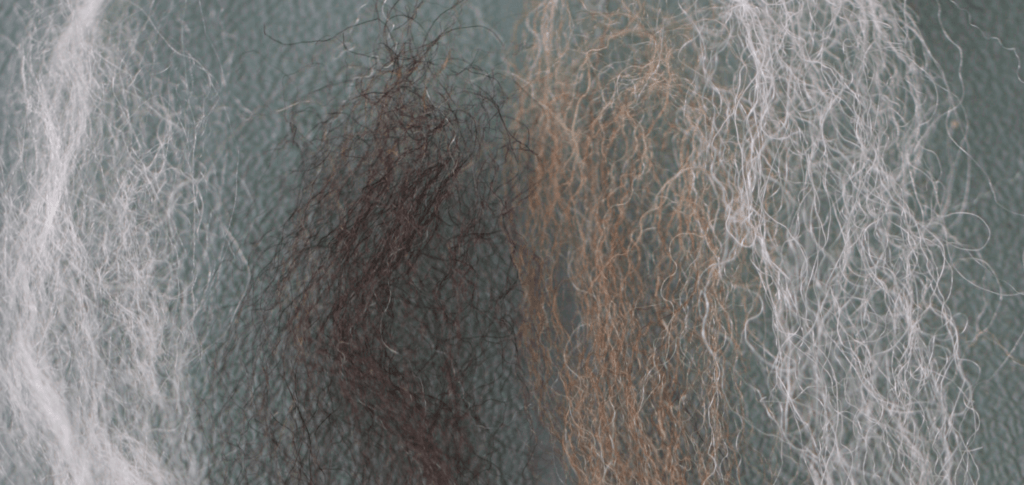
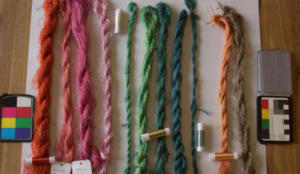 Some of the silks dyed for the project, still in skeins.
Some of the silks dyed for the project, still in skeins.